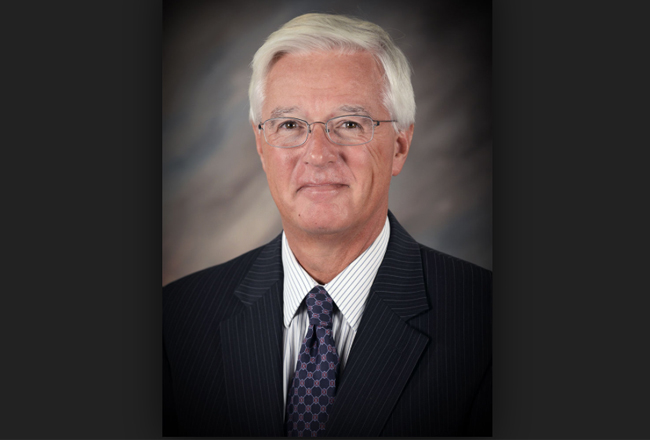Long-awaited federal help for the nation”™s restaurants will begin arriving as early as today, according to the U.S. Small Business Administration (SBA).
 As part of the first round of funding for the Restaurant Revitalization Fund (RRF), established by the American Rescue Plan and signed into law by President Joe Biden, more than 16,000 approved applicants will share over $2 billion of relief.
As part of the first round of funding for the Restaurant Revitalization Fund (RRF), established by the American Rescue Plan and signed into law by President Joe Biden, more than 16,000 approved applicants will share over $2 billion of relief.
“Just one week after launching the $28.6 billion Restaurant Revitalization Fund, I am pleased to officially report that the SBA has begun to fund applications and that more than 16,000 restaurants and other food and beverage business owners will get much-needed relief in their hands,” said SBA Administrator Isabella Casillas Guzman. “We know that this help is urgently needed by so many who have suffered disproportionately from this pandemic and have often been unable to access relief.
“Restaurants are the core of our neighborhoods and propel economic activity on Main Streets across the nation,” Guzman added. “The SBA is here to help them build resilience to survive this pandemic as we get our economy back on track.”
Under the RRF, restaurants are eligible for funding equal to their pandemic-related revenue losses, capped at $10 million per business and $5 million per location.
The SBA will continue to fund approved applications until all funds have been exhausted. SBA has prioritized a customer-centric approach to the delivery of economic aid, eliminating cumbersome application requirements, streamlining the application process, and by partnering with point-of-sale (POS) vendors to provide seamless ways to apply to the RRF.
Following the 21-day priority period, all eligible applications will be funded in the order in which they have been received.
While the SBA will continue accepting applications from any eligible establishment until funds are exhausted, it said that the number of applications received so far could exhaust the funds authorized to fund the RRF.
Interested onsite food establishments can still apply through SBA-recognized POS vendors or directly via the SBA online application portal at https://restaurants.sba.gov.
Meanwhile, SBA Connecticut (SBA CT) District Director Catherine Marx provided data on how businesses and other entities around the state have fared with federal aid.
According to Marx, over $12 billion in federal relief has been issued since the start of the pandemic.
Approximately 64,000 businesses and entities around the state received paycheck protection program (PPP) loans totaling $6.7 billion from the inception of the CARES Act through early August 2020. Since then, the Economic Aid Act, the American Rescue Plan, and the PPP Extension Act of 2021 reauthorized and augmented the forgivable loan program to meet continued demand.
To date, over 50,000 additional PPP loans have been approved, totaling $3.1 billion for Connecticut businesses and entities in 2021.
Marx noted that beyond PPP, over 36,000 Connecticut small businesses have been awarded $2.2 billion in Economic Injury Disaster Loans (EIDL) since the beginning of the pandemic. EIDL, an existing Office of Disaster program, provides necessary working capital to help businesses impacted by a disaster like Covid-19 survive until normal operations can resume.
Early in 2021, the Economic Aid Act created the Shuttered Venues Operator Grant (SVOG). This program — the first of its kind for the SBA — authorized $16 billion in funding to support America”™s arts community.
“As Connecticut reopens on May 19th,” Marx said, “SBA CT will continue to empower entrepreneurs and small business owners through our traditional lending programs and technical assistance resources.
“Indeed,” she said, “the Economic Aid Act supports better access to capital by providing higher loan guaranties (90%), fee waivers and payment relief for our traditional 7a and 504 loan programs.
“The SBA is the little agency that could,” Marx said. “It will continue to support Connecticut entrepreneurs and small businesses. There is light at the end of this pandemic tunnel and the SBA is here to help small businesses get back on track.”






















